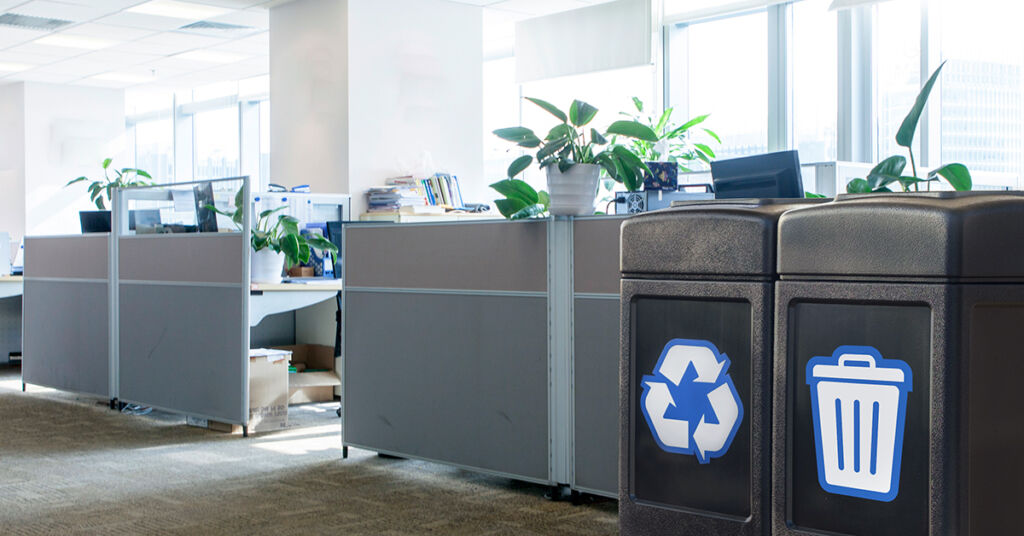March 15, 2024
6 Steps for a Successful Waste Audit
Learn the keys to successful waste management with this step-by-step guide to a business waste audit.

In today’s environmentally conscious world, businesses across all sectors are increasingly held accountable for their waste management practices. Conducting a waste audit is a critical step for any business aiming to minimize its environmental footprint, improve operational efficiency, and realize financial savings through more considerate waste management. To conduct a successful waste audit for your business, follow these six steps.
Step 1: Preparation and Planning
The foundation of a successful waste audit lies in meticulous preparation and planning. Begin by defining the scope of your audit, including the types of waste to be audited and the specific areas of your business to examine. It’s crucial to establish clear objectives, whether it’s to reduce waste disposal costs or increase recycling rates. Engage stakeholders at this stage to ensure alignment across all parts of your organization.
Step 2: Gathering Data
Before diving into the audit, gather baseline data on your current waste management practices. This includes understanding the volume and types of waste generated, as well as current disposal methods. This preliminary assessment will help in pinpointing areas ripe for improvement and in setting a benchmark for measuring progress.
Step 3: Conducting the Audit
The audit itself involves a detailed examination and categorization of waste generated over a predefined timeframe. This hands-on process will reveal the primary sources of waste within your business, highlighting opportunities for recycling, composting, or reduction. Ensure that the data collected accurately reflects waste generation patterns to gather actionable insights for waste management improvement.
Step 4: Analysis and Reporting
Upon completing the audit, analyze the data to discern patterns and identify opportunities for waste stream optimization. The resulting report should detail these findings, proposing targeted strategies for minimizing waste and enhancing recycling efforts. For instance, integrating multi-stream waste, recycling and compost receptacles tailored to specific waste types could reduce landfill-bound waste and increase recycling compliance. Similarly, using larger bins for high-traffic areas could reduce the frequency of waste pick-ups, lowering labor costs.
Step 5: Implementation and Monitoring
Once a strategic plan has been derived from the audit’s insights, it’s time to implement it and reap the benefits. Implementation might entail revising procurement policies to mitigate waste creation, enhancing staff training on waste management, adding or relocating on-site receptacles, or improving recycling infrastructure. Continuous monitoring and periodic reassessment are essential for tracking progress and adjusting strategies as needed.
Step 6: Engagement and Communication
To ensure the success of a waste audit, comprehensive engagement and transparent communication are essential. Workshops, newsletters, and regular updates can keep all stakeholders informed and engaged, while feedback mechanisms can help to gather insights and foster a culture of continuous improvement.
Conducting a waste audit is an essential step for businesses committed to sustainability. By adhering to these steps, businesses can markedly reduce their environmental impact and create cost savings. To make the process even easier, consider Commercial Zone‘s specialized array of waste and recycling containers, which drastically increase waste management efficiency. From multi-stream waste & recycling systems that facilitate the separation of trash, recyclables and compost to customizable waste receptacles that align with specific waste reduction goals, Commercial Zone provides solutions tailored to support businesses in their sustainability efforts.
